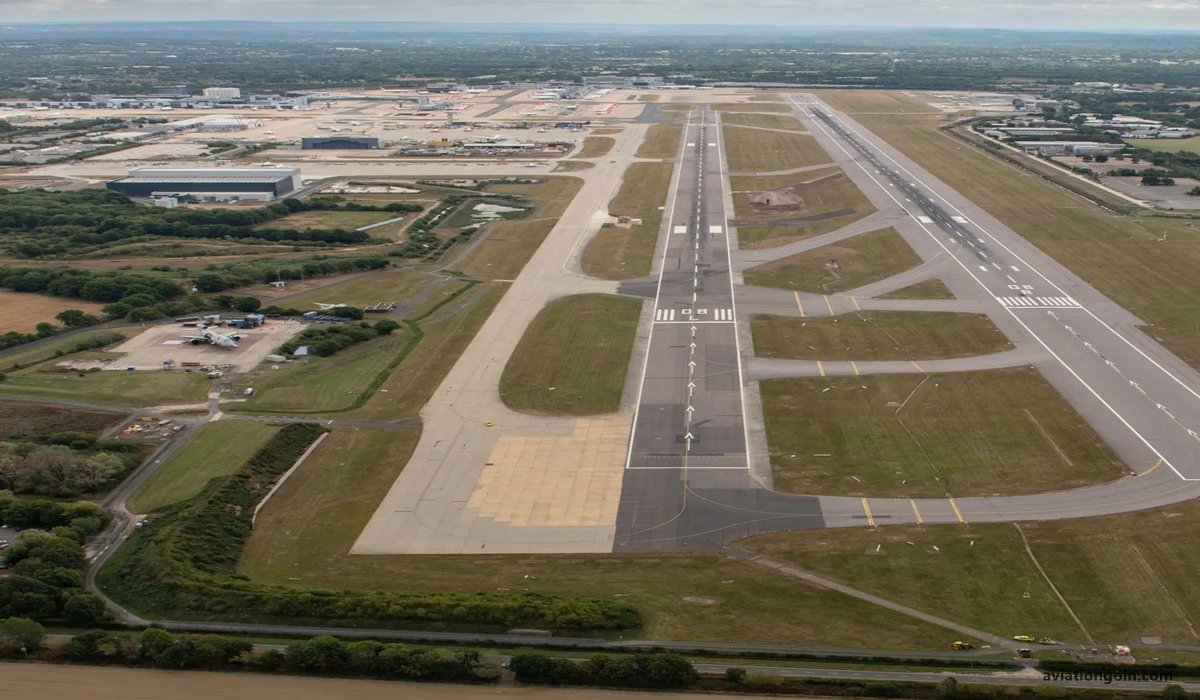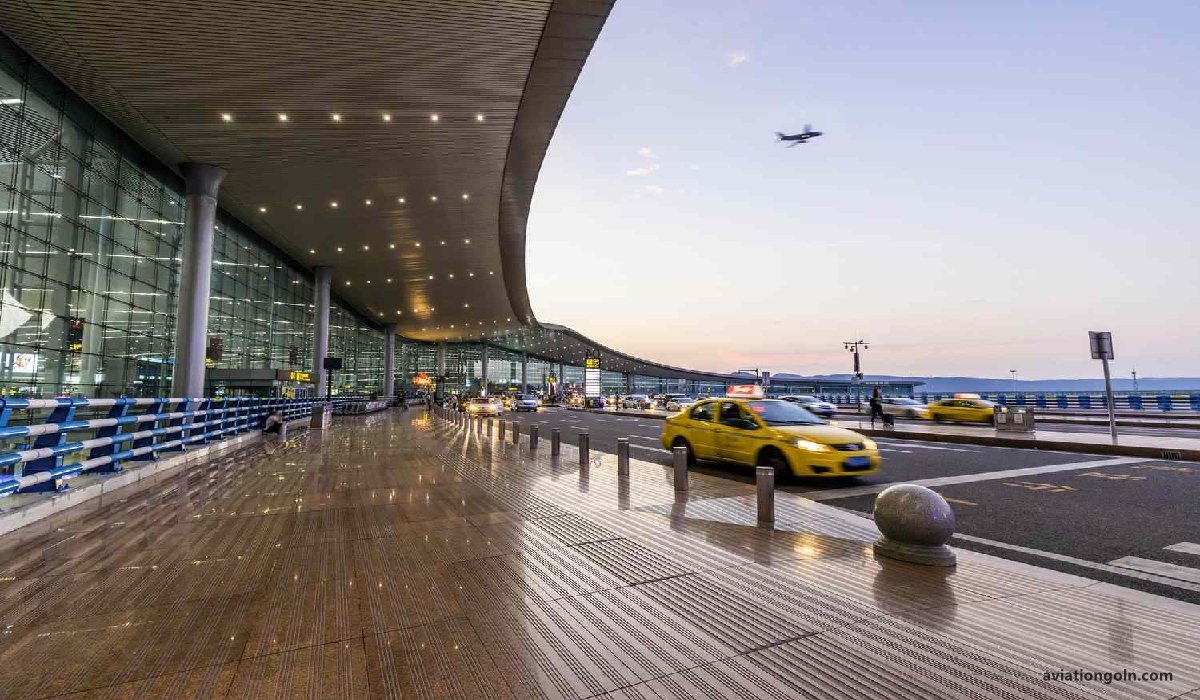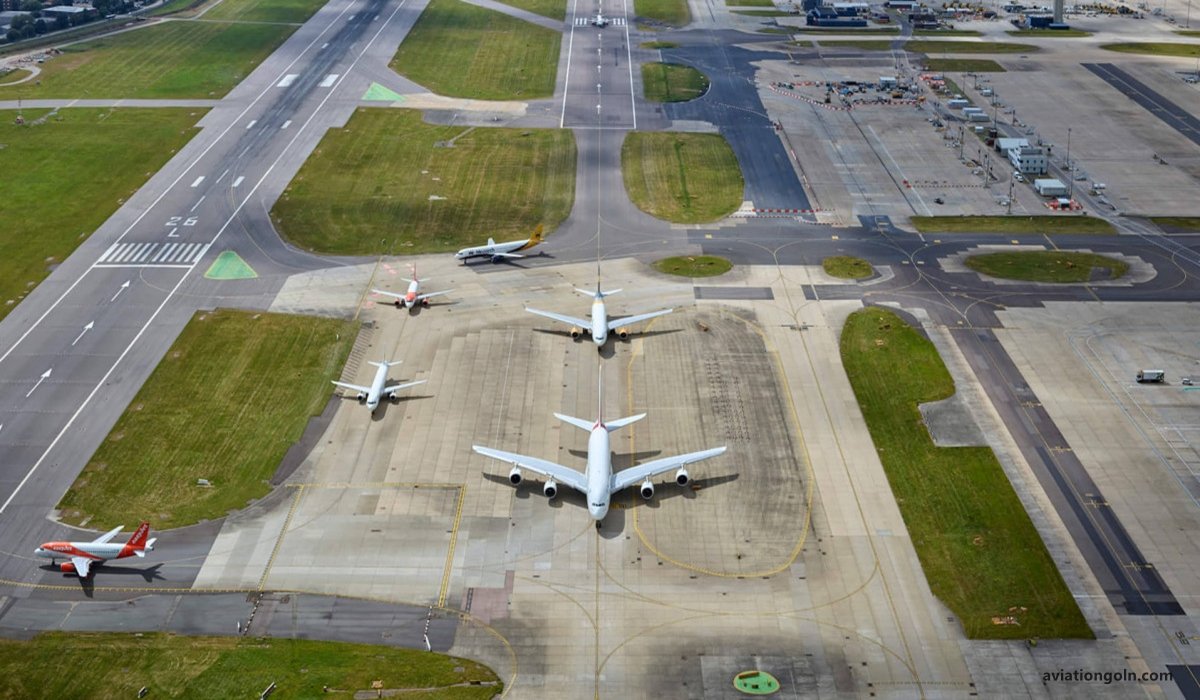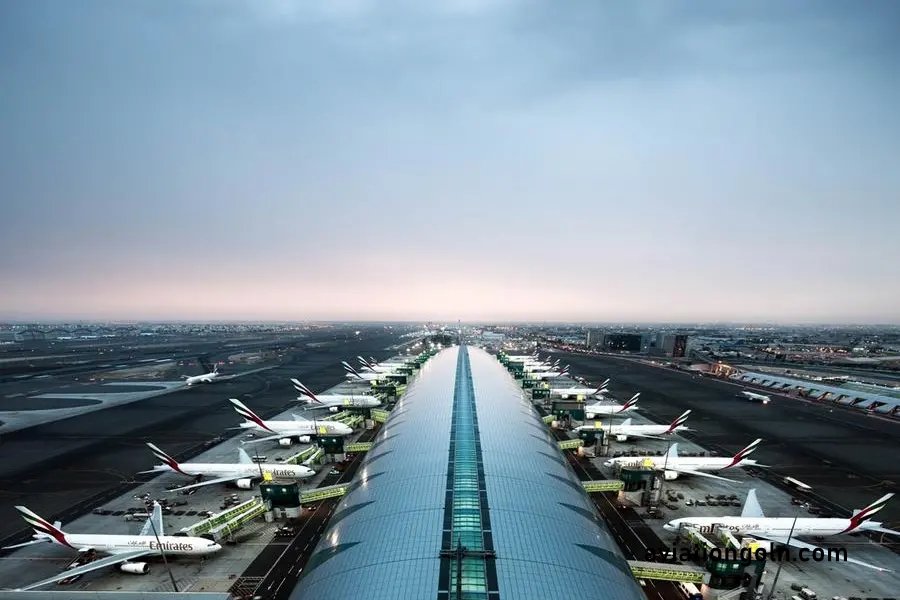Investment Planning: The airport industry has transformed significantly in the past few decades. From being a mere point of departure and arrival, airports have evolved into multifaceted hubs for retail, hospitality, logistics, and even real estate development.
This evolution has been driven by the ever-increasing demand for air travel and the realization that airports can be profitable enterprises in their own right. Given these shifts, it’s clear that robust investment planning is essential for airports to flourish. This article explores the financial strategies vital for effective investment planning in the contemporary airport landscape.
Investment Planning: Financial Strategy for Airports
1. Understanding the Investment Landscape
Before delving into specific strategies, it’s crucial to appreciate the changing landscape of the aviation sector:
- Globalization and Air Traffic Growth: As businesses become more global and middle-class populations burgeon worldwide, the demand for air travel keeps escalating. Forecasts suggest this trend is poised to continue.
- Diversified Revenue Streams: Modern airports are no longer reliant solely on aeronautical revenues. Non-aeronautical income, from retail to parking to property development, has become a substantial revenue source.
- Technological Advancements: From automated check-ins to high-speed transportation links connecting airports to city centers, technological advancements play a critical role in shaping airports’ investment needs.

2. Setting Clear Objectives
The foundation of any financial strategy lies in setting clear, measurable objectives:
- Capital Appreciation: This involves investments that might not yield immediate returns but will increase in value over time.
- Revenue Generation: These investments aim at creating consistent revenue streams, for example, through retail spaces or airport hotels.
- Service Enhancement: Investment in services or infrastructure that enhances passenger experience, such as lounge areas or expedited security checks.

3. Diversifying Revenue Streams
As mentioned earlier, modern airports derive income from a myriad of sources:
- Aeronautical Revenue: Income from airlines for using airport facilities, including landing fees, aircraft parking, and terminal rentals.
- Non-aeronautical Revenue: This can be segmented into:
- Retail: Shops, duty-free, and restaurants.
- Services: VIP services, lounges, baggage wrapping, etc.
- Real Estate: Airport hotels, office spaces, and other property developments.
- Car Parks: Especially significant for airports serving large metropolitan areas.
By diversifying revenue streams, airports can insulate themselves from industry-specific downturns and capitalize on new growth opportunities.

4. Leveraging Technology
Investing in technology can yield multiple benefits:
- Operational Efficiency: Automation can streamline processes, from baggage handling to check-in procedures.
- Data Collection and Analysis: Smart airports harness data analytics to understand passenger behaviors, optimize retail strategy, and plan investments more effectively.
- Enhanced Passenger Experience: Investments in Wi-Fi infrastructure, mobile applications, and other digital platforms can significantly improve the passenger experience.

5. Infrastructure Development
The core of airport investments still revolves around infrastructure:

- Runway and Taxiway Expansion: Crucial for accommodating increasing air traffic.
- Terminal Expansion and Modernization: Provides more space for retail and services, leading to increased non-aeronautical revenue.
- Transport Links: Developing high-speed rail or bus links to city centers can make an airport more accessible and appealing.

6. Sustainable Investments
Sustainability is no longer just a buzzword; it’s an essential component of modern business strategy:
- Green Infrastructure: Investing in renewable energy sources, waste management systems, and eco-friendly construction materials.
- Carbon Offset Programs: Some airports offer carbon offset programs, allowing passengers to invest in environmental projects to balance out their flights’ carbon footprints.
- Sustainable Transport: Encouraging passengers to use public transport, bicycles, or other green modes of transportation.

7. Financing Strategies
Once the areas of investment are identified, the next step is securing financing:
- Public-Private Partnerships (PPPs): PPPs can bring in private-sector efficiency and innovation while sharing the financial burden with the public sector.
- Bonds and Loans: Airport bonds, often backed by airport revenues, can be an attractive option for investors, leading to a win-win situation for both airports and investors.
- Grants and Government Funding: Especially relevant for smaller airports or those serving strategic or underserved regions.

8. Risk Management
Investment planning isn’t complete without a comprehensive risk management strategy:
- Market Analysis: Regularly reviewing passenger and cargo traffic forecasts, macroeconomic indicators, and industry trends.
- Hedging: Especially against volatile costs, such as fuel prices.
- Insurance: Comprehensive coverage for various risks, from natural disasters to potential liabilities.

9. Regular Review and Realignment
The aviation industry’s dynamic nature necessitates regular strategy reviews:
- Performance Metrics: Monitoring key performance indicators (KPIs) can offer insights into which investments are paying off and which aren’t.
- Feedback Loops: Constructive feedback from passengers, airlines, retailers, and other stakeholders can offer invaluable insights.
- Industry Benchmarking: Comparing performance and strategy with other airports, both regionally and globally.

Investment planning for airports, given their complex ecosystems, requires a multifaceted approach. By understanding the evolving landscape, setting clear objectives, diversifying revenue streams, leveraging technology, focusing on infrastructure, ensuring sustainability, securing optimal financing, managing risks, and ensuring regular reviews, airports can pave the way for a successful and profitable future. As air travel demand grows and airports become multifunctional hubs, the importance of robust financial strategies only intensifies.
See more:
